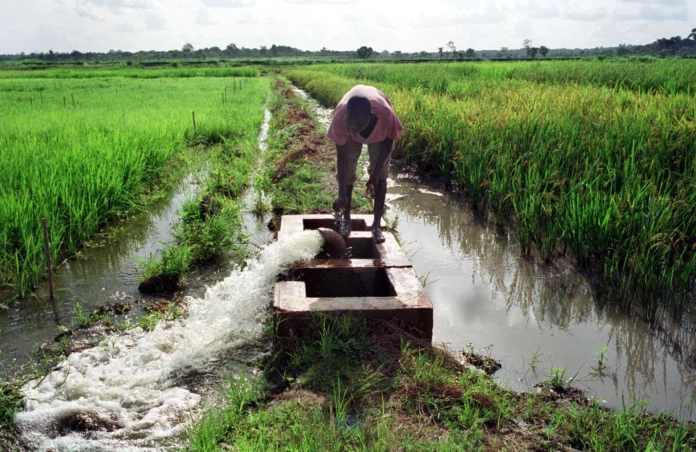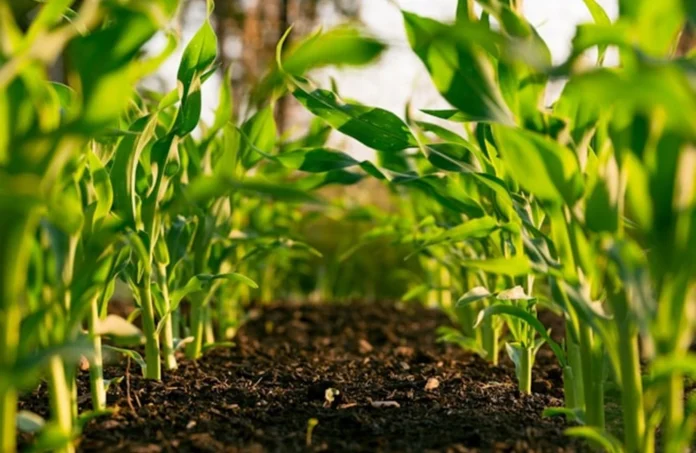The Hidden Climate Cost of Ultra-Processed Foods: Inside the Global Footprint of M&Ms
By Investigative Environmental & Food Systems Reporter
In a brightly colored bag of M&M’s, few consumers pause to consider the journey those tiny, candy-coated chocolates took to reach their hands. Behind every blue, red, yellow, and green shell lies a vast, interconnected network spanning continents: 34 separate ingredients sourced from more than 30 countries — from cocoa farms in West Africa to sugar mills in Brazil, dairy cooperatives in New Zealand, and dye factories in India and China. Each of these ingredients undergoes multiple stages of industrial transformation before converging at centralized processing facilities to form one of the world’s most recognizable confections.
This complex supply chain is emblematic of ultra-processed foods (UPFs)—highly engineered edible products that now dominate supermarket shelves and modern diets. In the United States, UPFs account for more than 70% of food sold in retail stores and more than half of daily calorie intake. As scientists and policymakers increasingly acknowledge that food systems are a major driver of the climate crisis, a critical gap persists: the environmental footprint of UPFs like M&Ms remains largely unmeasured, poorly regulated, and profoundly underestimated.

A Hidden Footprint: Why Snacks Are Not Just Snacks
Unlike whole foods, such as apples, lentils, or oats—UPFs are not merely harvested and packaged. They are manufactured through intricate processes that involve chemical modification, energy-intensive refinement, and global transportation. Every layer of processing compounds their climate impact.
“Ultra-processed foods represent the pinnacle of industrial food engineering,” says Anthony Fardet, senior researcher at French National Research Institute for Agriculture, Food, and Environment (INRAE). “The more processed a food is, the greater the environmental burden it tends to carry—not just for human health, but for the planet.”
The making of M&Ms illustrates this reality. Their creation starts with four core agricultural commodities: cocoa, sugar, milk solids, and palm oil. Each comes with its own heavy ecological toll.
Cocoa farming, particularly in West Africa, is closely tied to deforestation. Globally, agriculture has driven roughly 90% of deforestation since 1850, contributing nearly 30% of greenhouse gas emissions from land-use change. Mars—the maker of M&Ms—has pledged to achieve deforestation-free cocoa by 2025 through its Cocoa for Generations initiative. Yet critics say such pledges fail to address the underlying unsustainability of monoculture farming.
Sugar production involves intensive water use, chemical processing, and heavy machinery. Refining sugar into a stable, export-ready product requires vast amounts of energy.
Dairy production generates methane, a greenhouse gas 28 times more potent than CO₂ over a century, contributing significantly to warming.
Palm oil, though used in relatively small amounts in M&Ms, is one of the world’s most destructive agricultural commodities, often linked to deforestation and biodiversity loss in Southeast Asia.
And these raw ingredients are only the beginning.
The Chemistry Behind a Candy Coating
M&Ms contain 13 artificial dyes—including E132 (indigotine) and E133 (brilliant blue)—manufactured primarily in chemical plants in India and China. These dyes are synthesized through energy-heavy processes involving petroleum-based chemicals and toxic metal catalysts like copper and chromium, generating hazardous waste along the way.
Other additives also have high carbon footprints:
Soya lecithin, used as an emulsifier, undergoes multi-step processing in high-temperature reactors and chemical refinement.
Dextrose, a corn-based sweetener, is produced through acid steeping, enzymatic hydrolysis, and recrystallization, each stage consuming energy, water, and industrial chemicals.
This cascading web of industrial processes makes it difficult to calculate the true carbon footprint of each colorful candy.
A Murky Carbon Ledger
Despite growing public interest in sustainable food, detailed emissions data for UPFs are scarce. One of the few attempts to quantify their impact comes from CarbonCloud, a Swedish firm specializing in food emissions modeling.
Based on its life-cycle analysis, one kilogram of M&Ms generates at least 13.2 kilograms of CO₂-equivalent emissions. With more than 664 million kilograms of M&Ms produced annually in the United States, that amounts to roughly 8.8 million metric tons of CO₂-equivalent emissions, comparable to the yearly output of over 2 million gasoline-powered cars.
Even this estimate may be conservative. “There’s a black box in corporate carbon accounting,” says Patrick Callery, professor at University of Vermont. “Companies report the easy numbers—like shipping—but often leave out the harder, upstream emissions from farming and chemical production.”
Mars’ 2024 sustainability report discloses 29 million metric tons of CO₂-equivalent emissions globally, but does not break down emissions by product. Without transparent, product-level data, independent verification remains impossible.
“Corporations often rely on generic emissions factors, not actual data,” explains David Bryngelsson, CarbonCloud’s co-founder. “When your supply chain spans 30 countries, those averages can be wildly inaccurate.”
Why Transparency Is the Exception, Not the Rule
The opacity surrounding UPF emissions is not accidental. These products are proprietary creations of multinational food corporations whose primary mission is profit maximization.
“The purpose of ultra-processed foods is to make money,” Fardet says. “They’re designed to be cheap, shelf-stable, and addictive, maximizing margins while minimizing accountability.”
Disclosing full emissions would invite scrutiny, regulation, and potential loss of investor confidence. Many corporate sustainability campaigns, including Mars’ cocoa pledge or PepsiCo’s “Pep+” initiative, have faced accusations of greenwashing: making ambitious promises while avoiding structural change.
“Regenerative agriculture and carbon pledges sound good,” Callery says. “But without binding standards or independent verification, they’re little more than marketing.”
A Systemic Problem, Not Just a Consumer Choice
At the checkout counter, a bag of M&Ms costs under $2. But that price does not reflect the deforestation, fossil fuel use, and carbon emissions baked into its supply chain. Those costs are externalized onto communities, ecosystems, and future generations.
“Swapping one ingredient for another or cutting a bit of sugar doesn’t solve the problem,” Fardet says. “We need a fundamental transformation of our food systems.”
That transformation, experts argue, should prioritize:
- Minimally processed, locally sourced foods to reduce transportation emissions.
- Strict traceability for global commodities like cocoa and coffee.
- Significant reductions in UPF production and consumption.
But this shift isn’t equally accessible. In the U.S., millions live in food deserts where affordable, healthy options are scarce. UPFs are cheap not by accident, but because subsidies, marketing strategies, and infrastructure overwhelmingly favor industrial foods.
“It’s unjust to expect individuals to fix a system stacked against them,” Bryngelsson says. Real change, he argues, requires systemic action: carbon pricing for food, mandatory climate labeling, marketing restrictions, and penalties for companies that externalize environmental damage.
“If a bag of M&Ms reflected its true climate cost,” he adds, “it might cost $10—or more.”
Rethinking What’s ‘Normal’
The story of M&Ms is more than a tale of candy. It’s a mirror held up to a global food system that prizes profit and convenience over ecological stability.
“Our food model today is an anomaly,” Fardet insists. “It’s a short, fossil-fueled experiment in human history, one that’s pushing the planet past its limits.”
Experts agree: addressing the climate emergency means reimagining how we produce, distribute, and consume food. That starts with acknowledging the invisible carbon ledgers hidden inside every brightly wrapped snack.
Until those costs are accounted for, the true price of our favorite treats will remain hidden, beneath a thin candy shell.












